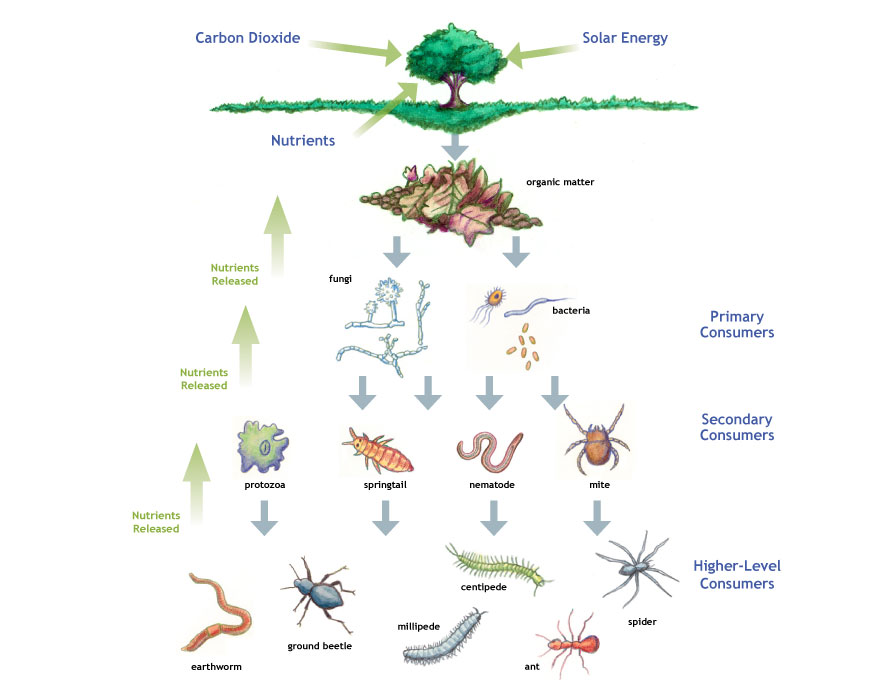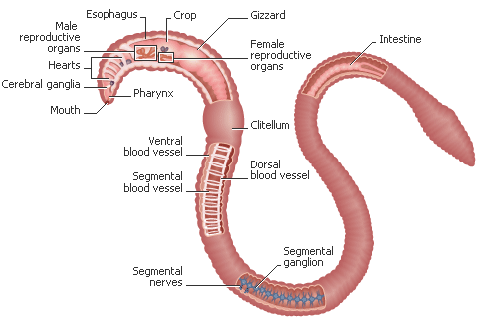

|
Vermiculture and Vermicomposting |
||
| Definition | ||
|
||
Vermiculture describes the practice of raising worms – the focus is on producing the worms themselves. Vermicomposting is the practice of using worms to convert organic waste into worm castings, a process that relies on worms and microorganisms to help stabilize active organic materials and convert them to a valuable soil amendment and source of plant nutrients. worms will consume most organic materials, including food preparation residuals and leftovers, scrap paper, animal manure, agricultural crop residues, organic byproducts from industries, and yard trimmings. According to the USDA – two pounds of worms can process one pound of kitchen waste in 24 hours.
Vermicomposting systems facilitate a complex microbial and invertebrate food web that results in the recycling of organic matter and release of nutrients. The primary consumers of the vermicomposting food web are the microorganisms such as: bacteria, fungi, and ciliates. These microorganisms are the most abundant members of the food web. Secondary and higher level consumers, such as worms, exist together with microbes, feeding on and dispersing them through the organic matter. As organic matter passes through the gizzard of the worm, it becomes finely ground prior to digestion. Microbes living within the worm produce enzymes that further break down the organic matter, and it passes through the worm in the form of casts. As the worm feeds on decaying organic wastes, their burrowing further aerates the layer of organic matter, allowing water, nutrients, oxygen and microbes to move through it. Their feeding also increases the surface area of organic matter that microorganisms act on.
|
||

